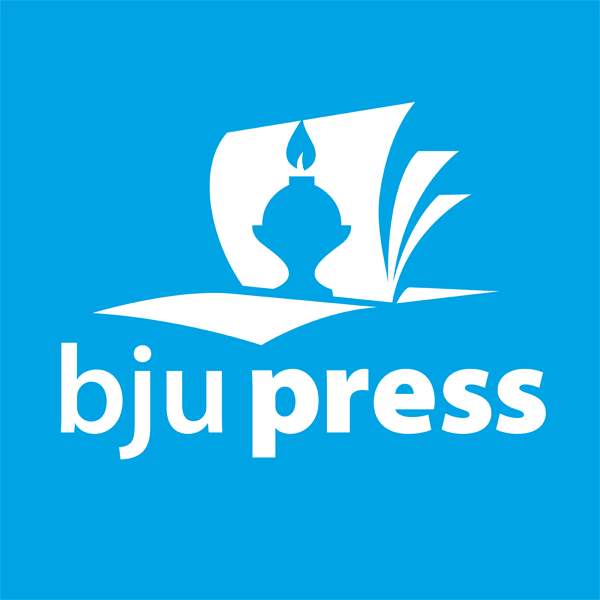
Reading 2
Fostering Lifelong Readers with a Biblical Worldview
Reading 2 provides biblical-worldview-shaping selections from various genres, logically sequenced for readability and skill progression. This approach helps students develop reading skills that support their academic success and foster a lifelong passion for reading. Emphasizing silent reading for comprehension, phonics, oral reading, and literary techniques, the program combines academic rigor with a biblical worldview to cultivate lifelong readers who enjoy reading silently and communicate effectively through oral reading.
0 products
Results for 2nd Grade Reading
How We Teach Reading 2
Foster a Joy of Reading
Engaging stories across different genres, with increasing difficulty help all students succeed. Selections from various books and novels enhance reading enjoyment and skill.
Phonics and Vocabulary Instruction
Phonics teaching uses phonograms and word families to link with comprehension and continues into grades 2 and 3. Vocabulary is introduced through activities related to the reading material to support independent learning.
Fluency and Comprehension Enhancement
Students first read silently to build comprehension and then read aloud to improve fluency. Literary skills instruction further helps students grasp and organize information for deeper understanding.
Develop Discernment from a Biblical Worldview
Biblical principles help guide students in evaluating literature and developing Christlike character. The Bible accounts also help students to see individual passages as part of the Bible's single theme of Creation, Fall, and Redemption.
Reading 2 Educational Materials
Student Texts
Four reading texts provide interesting, developmentally appropriate selections from a variety of genres, such as realistic and historical fiction, fables, folktales, Bible accounts, biography, and drama as well as poetry. The reading selections provide a progression of difficulty in readability. Instruction is provided in phonics, oral reading, literary techniques, and comprehension. The selections are sequenced logically for readability and skill progression to help all students succeed.
Teacher Edition
The teacher edition provides phonics instruction for review, multi-level discussion questions to promote critical thinking, and suggestions for pre-reading and post-reading activities to meet multiple-learning needs. Lesson instruction promotes the use of reading groups to help teachers tailor instruction to meet students’ varied reading levels. Teachers use silent reading to teach students to read for learning and then use good questions to guide discussion which builds comprehension. Oral reading follows to communicate the message of the author by using inflections, rhythm, pitch sounds, and so forth.



